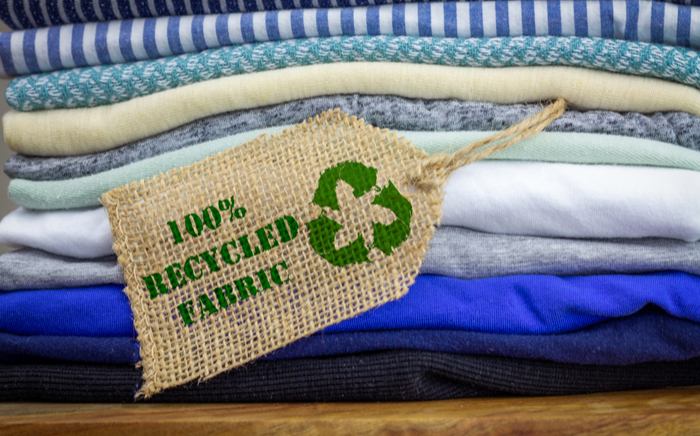Slow fashion is the widespread reaction to fast fashion and its environmental impact, the argument for hitting the brakes on excessive production, overcomplicated supply chains, and mindless consumption. It advocates for manufacturing that respects people, the environment and animals.
The World Resources Institute suggests that companies need to design, test and invest in business models that reuse clothes and maximise their useful life. The UN has launched the Alliance for Sustainable Fashion to address the damages caused by fast fashion. It is seeking to ‘halt the environmentally and socially destructive practices of fashion’.
One way that shoppers are reducing their consumption of fast fashion is by buying from secondhand sellers like ThredUp Inc. and Poshmark, both based in California, USA; shoppers send their unwanted clothes to these websites and people buy those clothes at a lower price than the original. Another solution is renting clothes, like the US-based Rent the Runway and Gwynnie Bee, the UK based Girl Meets Dress, and the Dutch firm Mud Jeans that leases organic jeans which can be kept, swapped or returned.
Other retailers like Adidas are experimenting with personalised gear to cut down on returns, increase customer satisfaction and reduce inventory. Ralph Lauren has announced that it will use 100% sustainably-sourced key materials by 2025.
Governments need to be more actively involved in the fashion industry’s damaging effects. UK ministers rejected a report by members of parliament to address the environmental effects of fast fashion. On the other hand, French president, Emmanuel Macron has made a pact with 150 brands to make the fashion industry more sustainable.
The best advice on reducing the environmental impact of fast fashion comes from Patsy Perry, senior lecturer in fashion marketing at the University of Manchester, who says, “Less is always more.”

 Back to Blog
Back to Blog











